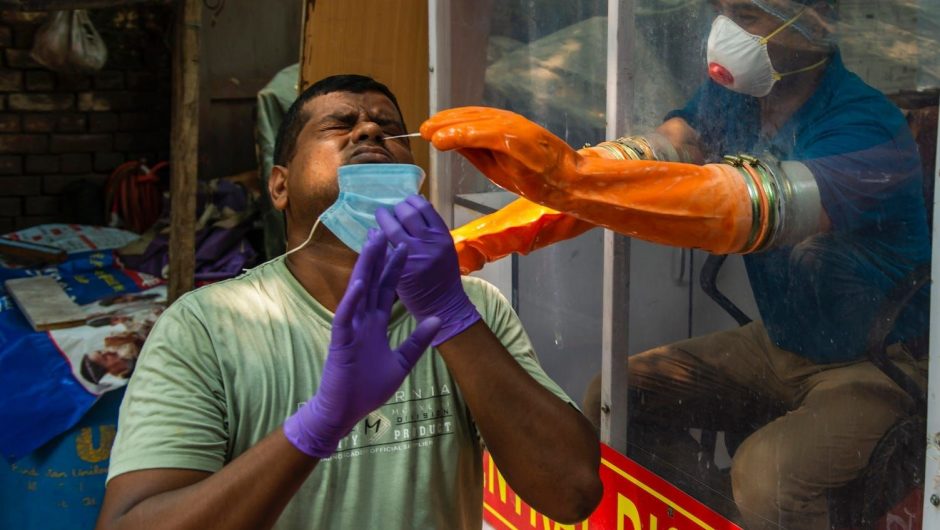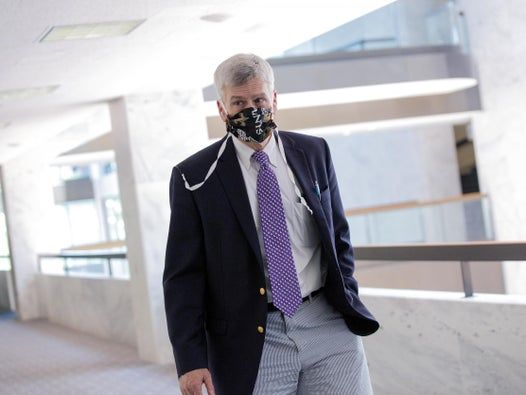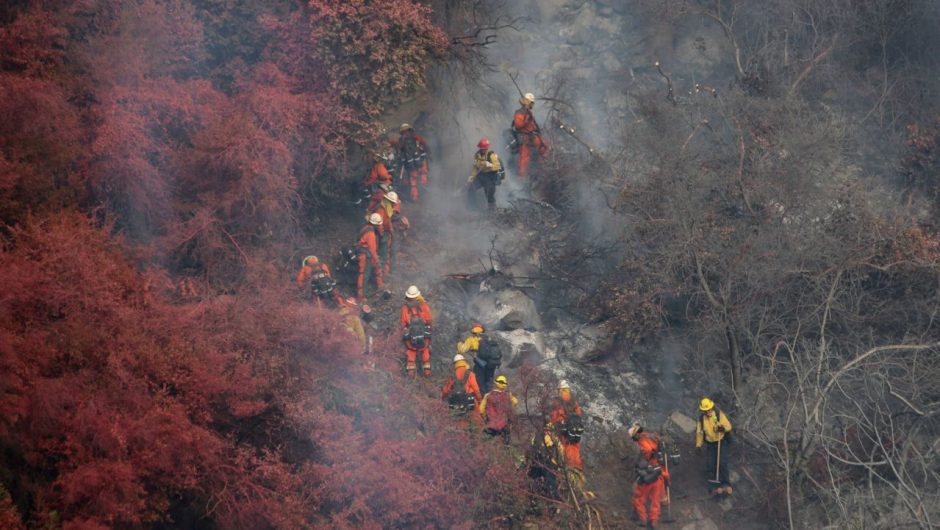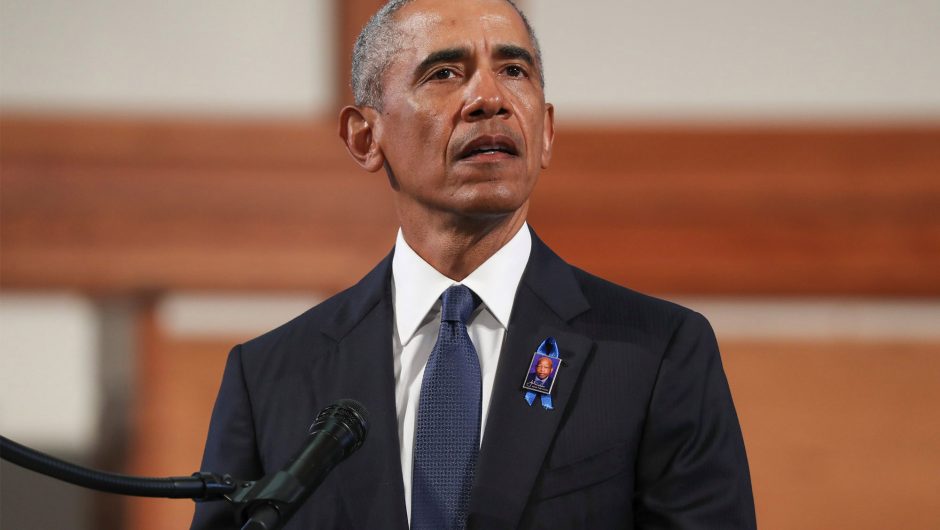No mixing of classroom groups, either teachers or students, was allowed.
FatCamera/Getty Images
A new report released from the US Centers for Disease Control and Prevention on Friday details how more than 660 daycare centers reopened in relative safety in Rhode Island, amid the pandemic.
Only four of the 666 programs that reopened documented coronavirus spread among students and staff at daycare.
It’s a strategy that probably wouldn’t work in many other states, where the coronavirus is more widespread in the community.
Visit Business Insider’s homepage for more stories.
As schools across the country weigh when and how to reopen safely amid the coronavirus pandemic, the US Centers for Disease Control and Prevention is holding up the nation’s smallest state as an example of how to reopen schools and daycare centers safely this fall.
“It does show the possible,” CDC Director Robert Redfield said on a call with reporters Friday, shortly before the daycare report came out. “We just have to work collectively to do that in a safe and sensible way. One school, one jurisdiction, one family at a time.”
The new report details how, starting June 1, Rhode Island began carefully and cautiously opening back up hundreds of daycare centers across the state, and over the course of two months, less than a handful (4 out of 666 centers) found evidence of transmission of the virus at daycare, between students and staff.
It’s important to note that the daycare centers in question had been shut for three months when this study started, and community transmission of the virus was already well in decline across Rhode Island.
“We have seen in the United States, as well as in other countries, that schools are able to open safely in communities with low transmission,” Erin Sauber-Schatz, an epidemiologist at the CDC, said on the call. “It’s more of a challenge in communities that have more widespread transmission.”
Here’s how Rhode Island did it:
Teachers wore masks, and both children and adults were screened every day for symptoms.
Class sizes were limited to no more than 12 people total, including teachers, a cap that increased to 20 people over time.
No mixing of classroom groups, either teachers or students, was allowed.
Quarantining and contract tracing measures (run in conjunction with the state health department) were also strict: any class with a symptomatic person in it was required to close for 14 days, or until a coronavirus lab test for the symptomatic individual(s) came back negative.
This image of a reopened day care centre in Moscow looks a lot like what Rhode Island did: all adults at daycare wore masks, and all students and staff were screened.
Mikhail JaparidzeTASS via Getty Images
By July 31, using these techniques, 75% of Rhode Island’s childcare programs (666 centers) had been approved to reopen, with capacity for 18,945 children, roughly 6,800 kids shy of the state’s pre-pandemic enrollment.
Story continues
But there were some outbreaks, and staffing the small, rigid class structure was challenging.
At least 52 “confirmed and probable” cases of COVID-19, the disease caused by the coronavirus, were confirmed among students and staff between June 1 and July 31. 30 kids and 22 adults got sick, and 853 people had to be quarantined.
“Continued adherence to small, stable classes might not be feasible without additional funding,” the CDC report said.
It’s also a strategy that probably wouldn’t work well in a place where the health department and the schools aren’t working together in close coordination.
And there’s good evidence, from the study itself, that coronavirus cases at daycare centers and schools increase and decrease in lock-step with levels of illness in a community.
The report noted that all four instances of “possible secondary transmission” — where people may have gotten sick from others they encountered at the daycare centers — all happened during the last two weeks of the study in late July, when community transmission in Rhode Island was increasing overall.
In other words, in places where there are still a lot of coronavirus cases, this savvy reopening strategy likely won’t work, and many more children and teachers could get sick at school:
Centers for Disease Control and Prevention
“Obviously, there’s a tipping point,” Dr. Redfield said.
“There is a path where one can use and partner with their public health authorities, and safely get these childcare programs reopened, which again are very important for our country to be able to get childcare.”
Read the original article on Business Insider








